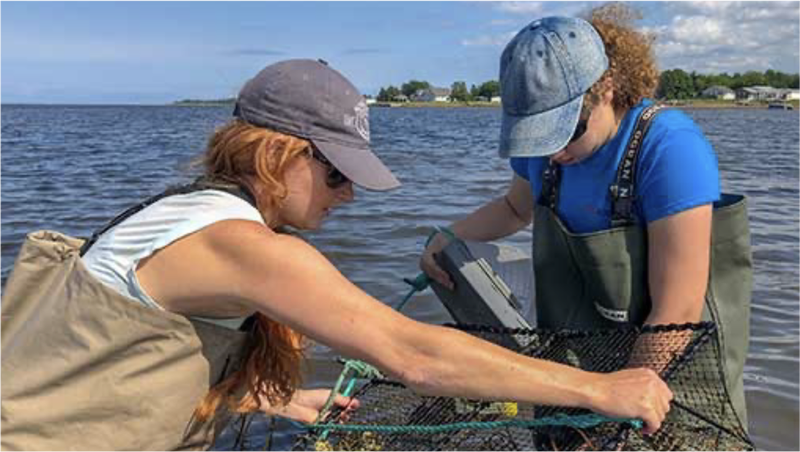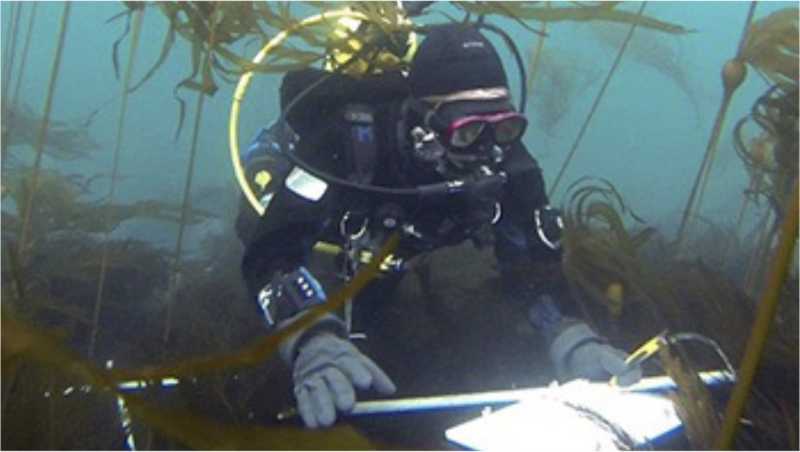Introduction to stock assessment
Unit 2.1: Types of data
Although it is a valuable source of information, fishery-dependent data alone may not accurately represent overall population dynamics and stock trends. This may lead to perceptions of hyperstability (where catch remains high as the fish stock declines) or hyperdepletion (where catch declines faster than fish abundance) because:
- fishing can occur selectively where fish cluster using highly efficient gear
- different types of gear are selective for different sizes, ages, and species
- there may be a greater economic incentive for catching certain species or sizes of fish
- fishing site selection may be influenced by proximity to coastal communities, as well as fuel and labour costs
Fishery-independent data

Two scientists collecting data in the field on a boat.
Photo credit: Atlantic Science Enterprise Centre, DFO
Fishery-independent data can help to address the gaps in fishery-dependent data. Fishery-independent data are collected through monitoring activities outside of fisheries. Monitoring uses routine practices to collect fisheries data and track changes over time. Monitoring surveys can cover broader geographic areas than commercial, recreational, and Indigenous FSC fisheries. They can also be conducted at different times of the year than harvesting.

A scientist collecting data underwater while SCUBA diving.
Photo credit: DFO
Surveys use specialized gear and sampling methods to collect data on:
- abundance and biomass
- spawning stock biomass
- recruitment
- fish length and weight
- stomach samples to determine position in the food web and diet
- fish age using otoliths (small structures in the inner ear with growth rings that can be counted, similar to counting tree rings)
- genetic samples
- life-history traits, such as age of first spawning or reaching maturity, growth rate, the number of eggs a fish produces, and spawning behaviour (for example, time and location)
- environmental factors, such as water temperature, salinity, nutrients, dissolved oxygen levels, food availability, and predation
- Date modified: